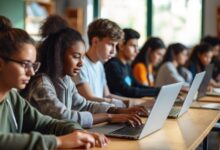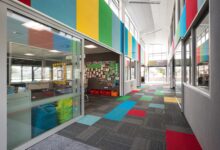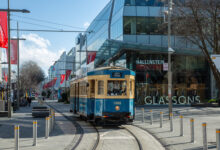Discover and explore your local museum
A museum visit can bring subjects to life for ākonga of all ages; read along to discover how a museum visit could enrich your curriculum.
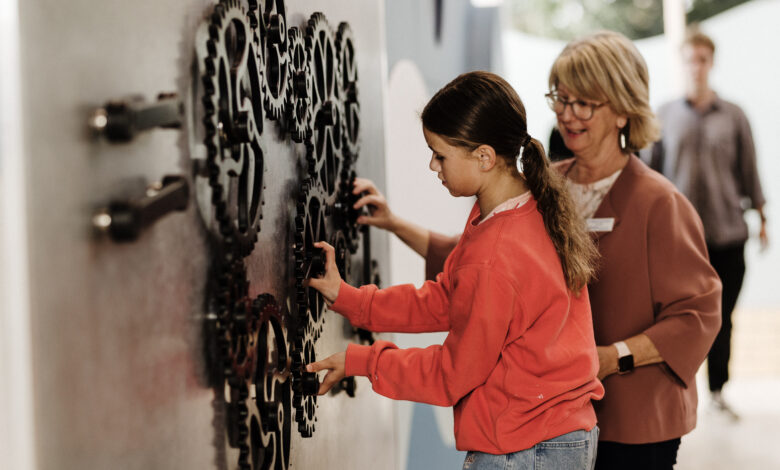
In Aotearoa New Zealand, we’re fortunate to have many museums that display collections of artefacts and other objects on all manner of subjects. Whether the subject of interest is art, culture, history or science, there’s bound to be a museum or exhibit dedicated to the field.
Read the Term 2 edition of School News HERE
For educators, museums present a wonderful learning opportunity as they provide ākonga with close interactions with objects related to a given learning inquiry. Often, the physicality of an object, the interactivity of exhibits, or simply the delight of a school excursion can strongly engage students and further their understanding of a subject. Museums are unique because they provide a type of tangible learning experience; ākonga can see history unfolding through material artefacts, or understand complex processes such as geological formations through models and videos. The multi-sensory experience of a museum visit provides information through many pathways and inputs, leading to a more complex articulation of understanding.
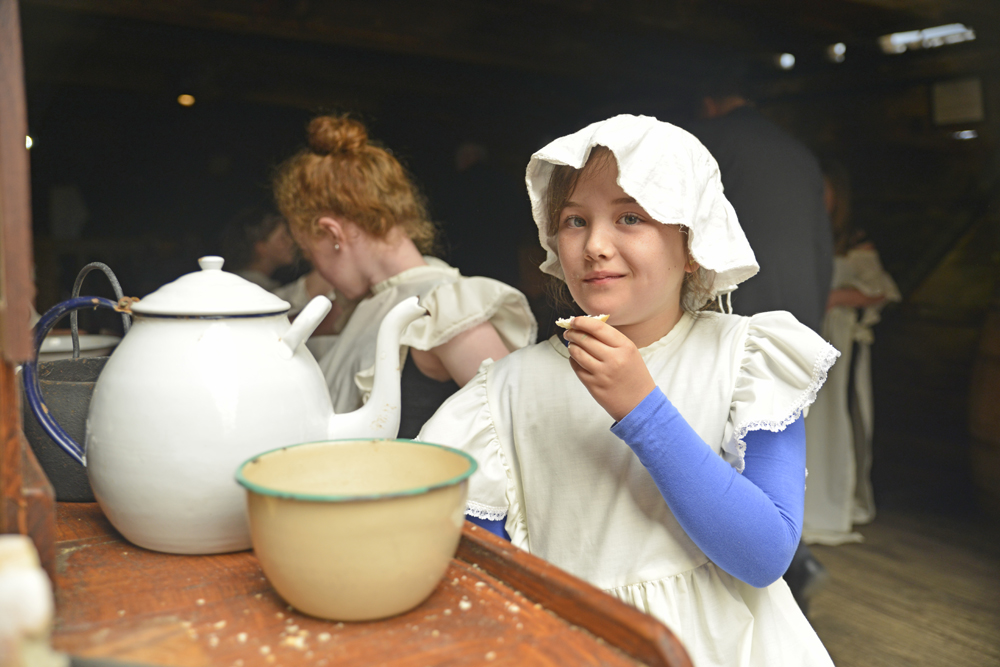
In a museum, ākonga are also given a degree of autonomy over their learning as they explore exhibits, make connections between the artefacts and their area of learning, and interact with displays. Through a museum visit, students are encouraged to take an active role in their learning as they move through the space.
In an article on museum settings as opportunities for sensory and aesthetic encounters in learning, David Raymond Bell of the College of Education at the University of Otago noted that “sensory discovery in museums is fun, and may enhance learning and positive attitudes in other curriculum subjects”. Seeking museum experiences therefore not only benefits students’ understanding of specific subjects, but attitudes to learning in general.
Many museums are also accredited with the Ministry of Education’s Enriching Local Curriculum (ELC) programme. That means their specialist educators are trained to deliver educational programmes for your ākonga that align with a broad range of NZC outcomes. Many museums can also provide educational programmes focused on a variety of subject and learning areas, so educators can feel confident that they’ll find a programme tailored to your school or kura’s needs.
Of course, it’s important that museum visits, as with any other education outside the classroom (EOTC) experience, are supported by structured activities before and after the experience to consolidate learning.
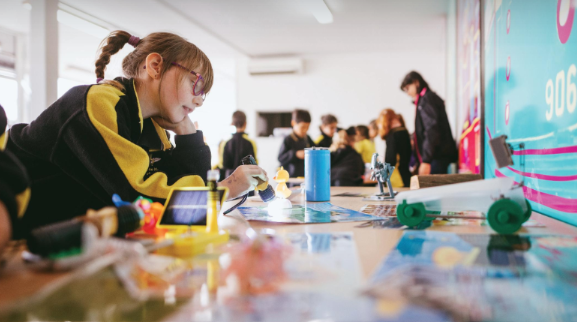
Many museums have digital resources to prepare ākonga for their visit, or to synthesise the learning done post-visit. For a full list of ELC resources provided by museums, visit the Ministry of Education’s website, eotc.tki.org.nz. Available activities and resources to download range from arts and crafts activities, where ākonga learn about patterns, linking to geometry and maths; to video resources and online images of materials from indigenous cultures, linking to history and social sciences. There are even resources on local flora and fauna, which ākonga can use to explore the ecology of their surroundings.
Ready to plan a museum visit for your students? We asked a range of providers what they offer for school groups.
Place names are fascinating because they can describe, claim, and illustrate the histories of Aotearoa New Zealand. Te Ūpoko o Te Ika a Maui, a learning programme at Te Waka Huia o Ngā Taonga Tuku Iho Wellington Museum, invites ākonga to explore the naming and renaming of places in Te Whanganui a Tara. The programme is responding to increasing kaiako and ākonga eagerness to access stories about local place names, and a desire to strengthen connections with our capital city and Wellington region.
Te Ūpoko o Te Ika a Maui aims to ignite and support ākonga curiosity about place names in their own rohe. A focus on Māori place names in Te Whanganui a Tara illustrates how tangata whenua have settled, shaped, and storied local landscapes. Ākonga use their critical thinking skills, explore narratives about the past, and enrich their ideas about colonisation as they consider how place names have changed over time and can tell more than one story. The programme is adaptable for different age groups, and suitable for local schools and those coming to Wellington for a capital city experience.
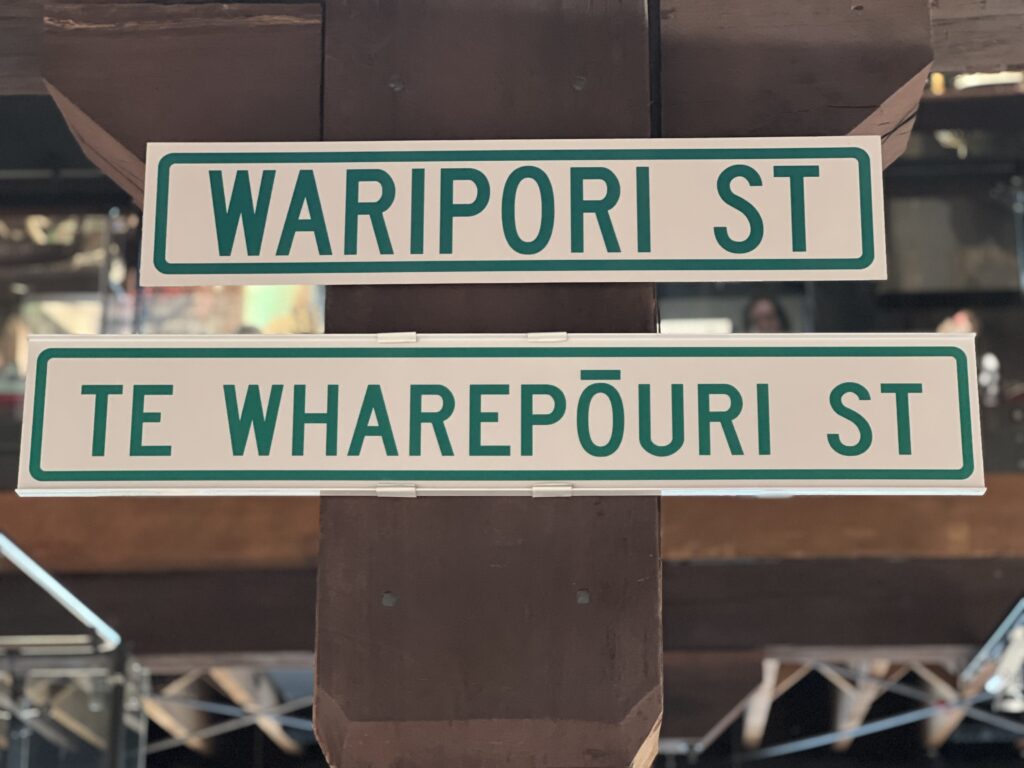
Museum of Transport and Technology (MOTAT) offers a range of experiences and programmes. School groups can visit MOTAT at Western Springs and engage in a programme of learning that is tailored to specific learning intentions. Students and teachers can enjoy an historic tram ride and visit many exhibitions that extend the classroom experience and provide hands-on experiences.
If coming to MOTAT isn’t an option, STEAM Cells bring the learning experience to you. MOTAT educators arrive at your school with a trailer full of STEM resources .The MOTAT educators will engage students in a highly customised learning experience. STEAM cells can be a single workshop or longer multi-day workshops.
A third option is MOTAT’s online workshops, delivered via Zoom. These are designed to meet your specific learning intentions. Using MOTAT educators’ expertise, as well as MOTAT’s wealth of resources, the team delivers a highly engaging experience. Hirable kits are also available from MOTAT. These kits, called Learnables, are full of STEM equipment and are supported by online resources and lesson plans for teachers to use straight out of the box.
The Edwin Fox Ship & Visitor Centre on Picton waterfront allows students to explore a unique piece of New Zealand and World Maritime Heritage. The ship has a rich history, and is the last wooden immigrant ship to bring emigrants to New Zealand; the last convict ship to take convicts to Australia; the last ship of the Dunbar shipping feet, once one of the largest shipping fleets in the world; and the last of this ship design anywhere in the world. The ship has travelled an estimated equivalent to 34 times around the world, finally ending its days in Picton as a freezing hulk and coal store.
Local heritage education provider Marlborough Museum can supply educators to teach students on board the ship, focussing on specific learning areas relevant to your class. These could include ship building, New Zealand immigration, Australian convicts, and Captain Cook and early encounters. Experiences can be fully immersive, with students becoming some of the passengers that travelled on the Edwin Fox.
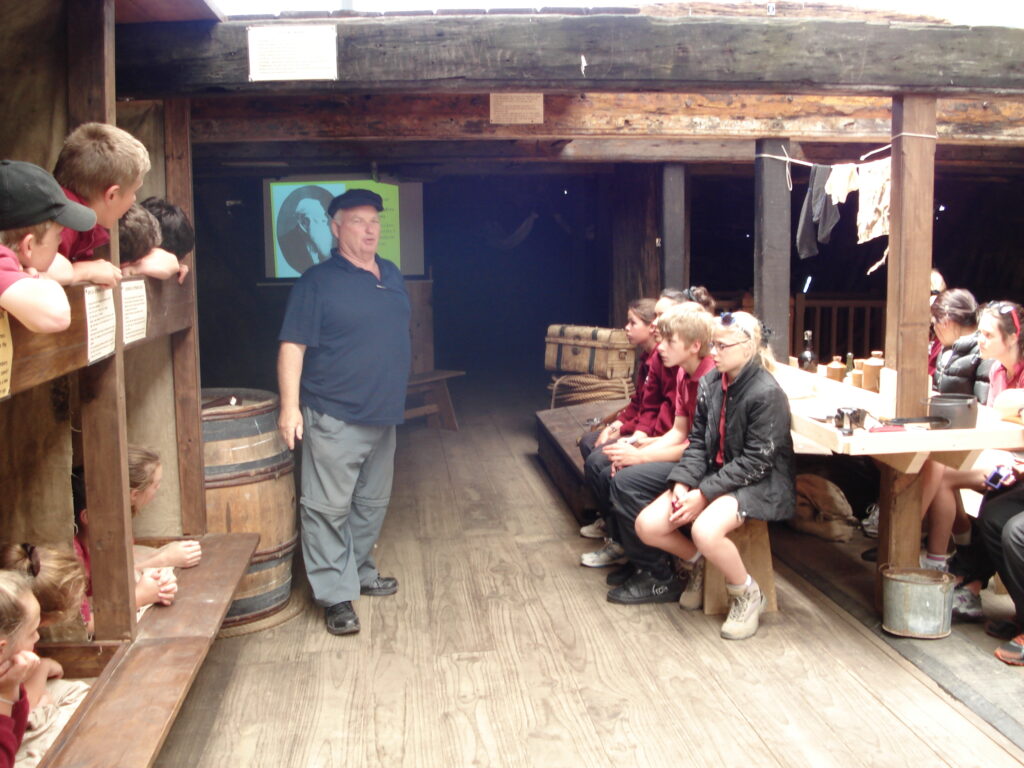
Located on the banks of the Waikato River in the heart of Hamilton, Waikato Museum is home to a programme of exhibitions, public events, and education offerings. The museum’s collections and exhibitions have strengths in tangata whenua, visual arts, social history, and science.
Waikato Museum’s education programmes link to and develop the curriculum through exhibition tours, activities, and classroom-based sessions. As well as long-term offerings, programmes are refreshed to align with new touring exhibitions as they arrive, and can be tailored for a wide age range.
Recent curriculum changes mean that Aotearoa New Zealand’s histories will now be taught in all schools. Waikato Museum is uniquely positioned to enable educators and akonga to make the most of these topics with a wealth of taonga, objects, and documents that can provide nuanced and authentic learning experiences.
The Early Childhood Education programmes cater to tamariki aged from 3 to 5 years and are designed to engage younger children in active exploration of the Museum and its stories. For older students, there is specifically developed programmes ranging from ‘Awa and Whenua: A Living Taonga’ to ‘It’s Electrifying!’ and ‘Art in Context’. These sessions can also incorporate a visit to Exscite, the interactive centre for discovery which has been recently refurbished. To support kaiako and educators in the important work you do, the museum offers teacher resources and professional development.







